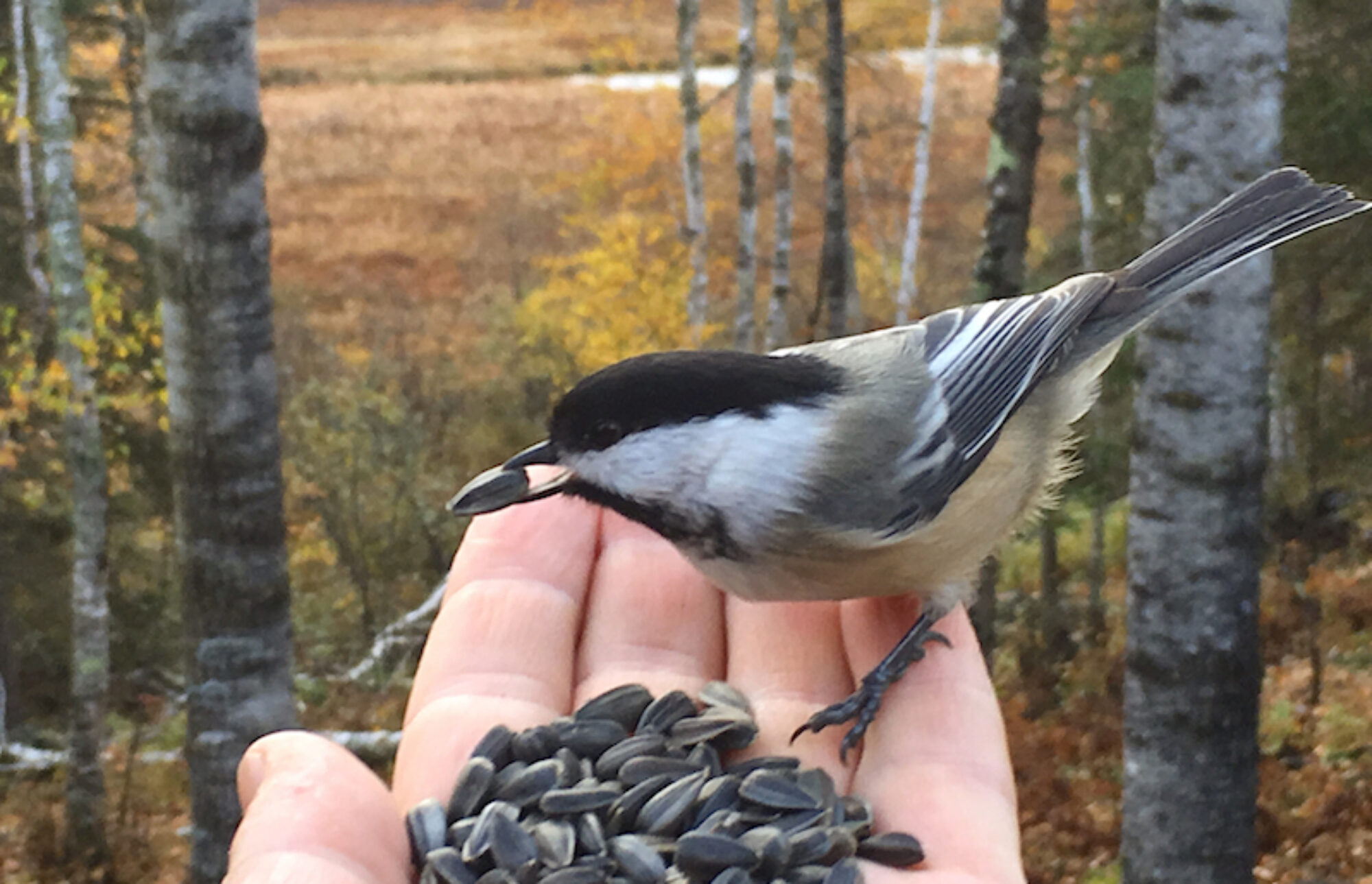By Todd Burras
Stepping into the kitchen late one morning earlier this week, I quickly stopped. This was during a weekday and I found myself in an unusual situation at an unusual time. Instead of being at work, I was home during daylight hours and it was at this moment that I nearly came face to face with a red-bellied woodpecker.
My wife, Stephanie, says the bird, with its distinctive red crown, tan breast, and black and white “zebra” markings, is a frequent visitor to the lineup of a half-dozen tube, tray and suet feeders that hang from the soffit just beyond the kitchen windows. It feeds on an assortment of shelled peanuts, hulled sunflower seeds, suet and even dried mealworms we put out for our backyard visitors. On this particular occasion, it was stuffing its crop with sunflower chips before suddenly turning and flying off to a neighbor’s ash tree in an adjoining yard.
I was left leaning over the sink scanning the ground, hedge, pin oak and numerous conifers in our backyard for signs of other birds. Standing in front of the kitchen sink, is, after all, the best place in the house to view the comings and goings of birds in our backyard, and it’s the very spot we’ll likely spend a few hours two weekends from now when we participate in the Great Backyard Bird Count.
The global event will be Friday, Feb. 16 to Monday, Feb. 19, and marks the 21st year that everyone, regardless of their birding acumen, is invited to become a citizen scientist by counting birds they see in their backyards, parks or other areas they choose. The Cornell Laboratory of Ornithology, the National Audubon Society, with Bird Studies Canada and many international partners organize the study, which helps scientists better define bird ranges, populations, migration pathways and habitat needs.
You can be among the thousands of beginner to expert birdwatchers from around the world who will count birds and add them to a database, thereby creating a snapshot of bird activity across the globe. Last year, more than 214,000 participants submitted their bird observations online, creating the largest instantaneous snapshot of global bird populations ever recorded.
Participants can spend as little as 15 minutes on one day or count for as long as they like each day of the event. For more information or to download a regional checklist, visit www.birdcount.org. Participants can also pick up a checklist and get information by calling the Wild Birds Unlimited Nature Store in Ames at (515) 956-3145 or stopping at the store at 213 Duff Ave. Wild Birds Unlimited is a major sponsor of the count.
It’s time to get ready to get counting.
- ••
It got cold again just in time.
For ice anglers that is.
A week after a warming trend made conditions along the shore of the north basin of Ada Hayden Heritage Park Lake unsafe for ice anglers, cold temperatures returned and refroze the edges. The result is the Iowa Department of Natural Resources’ trout stocking of the lake will take place at noon Saturday, Feb. 3, as previously planned.
The DNR plans to release around 2,100 hatchery-raised rainbow trout as part of the DNR’s Urban Trout Program.
“We have around 11.5 inches of ice out around the canoe launch,” Ben Dodd, a fisheries biologist for the DNR said earlier this week. “We should have at least a foot of ice by Saturday.”
To fish for trout at Ada Hayden, anglers need a valid 2018 fishing license and a trout stamp. The daily limit is five trout per licensed angler with a possession limit of 10. Children age 15 or younger can fish for trout with a properly licensed adult, but they must limit their catch to one daily limit. The child can purchase a trout fee, which will allow them to catch their own limit.
Dodd said the DNR plans to tag a few fish that if caught will provide the lucky anglers with prizes from JAX Outdoor Gear.
Todd Burras can be reached at ou****************@gm***.com.
2017 Top 10 most frequently reported species:
While a global event, the majority of checklists submitted to the Great Backyard Bird Count site are from counters in North America, Here’s a list of the most frequently reported species during the 2017 count based on the number checklists on which each appeared:
- Northern Cardinal
- American Crow
- Mourning Dove”
- Dark-eyed Junco
- Downy Woodpecker
- Blue Jay
- Black-capped Chickadee
- House Finch
- House Sparrow
- White-breasted Nuthatch
Source: Great Backyard Bird Count
